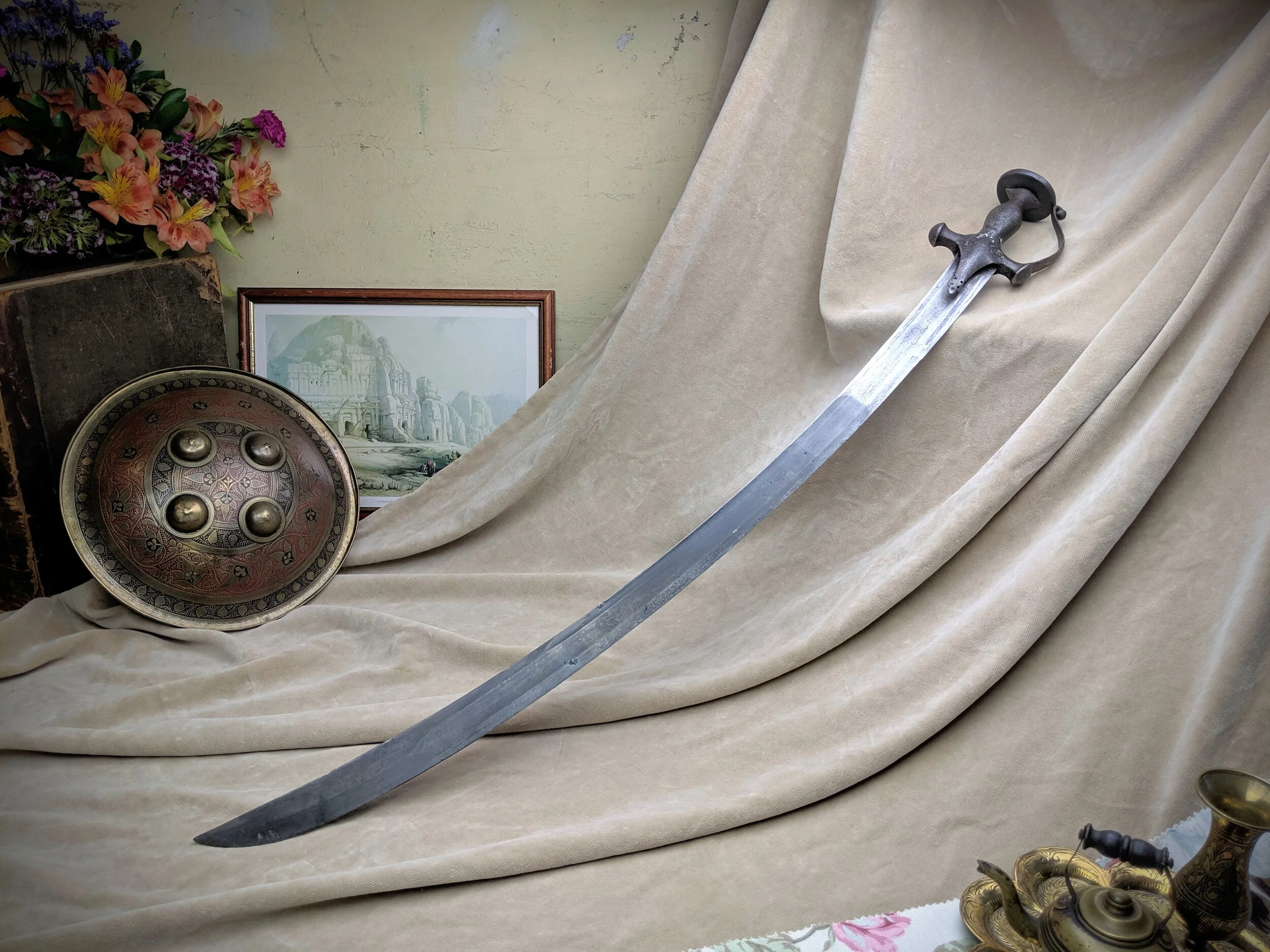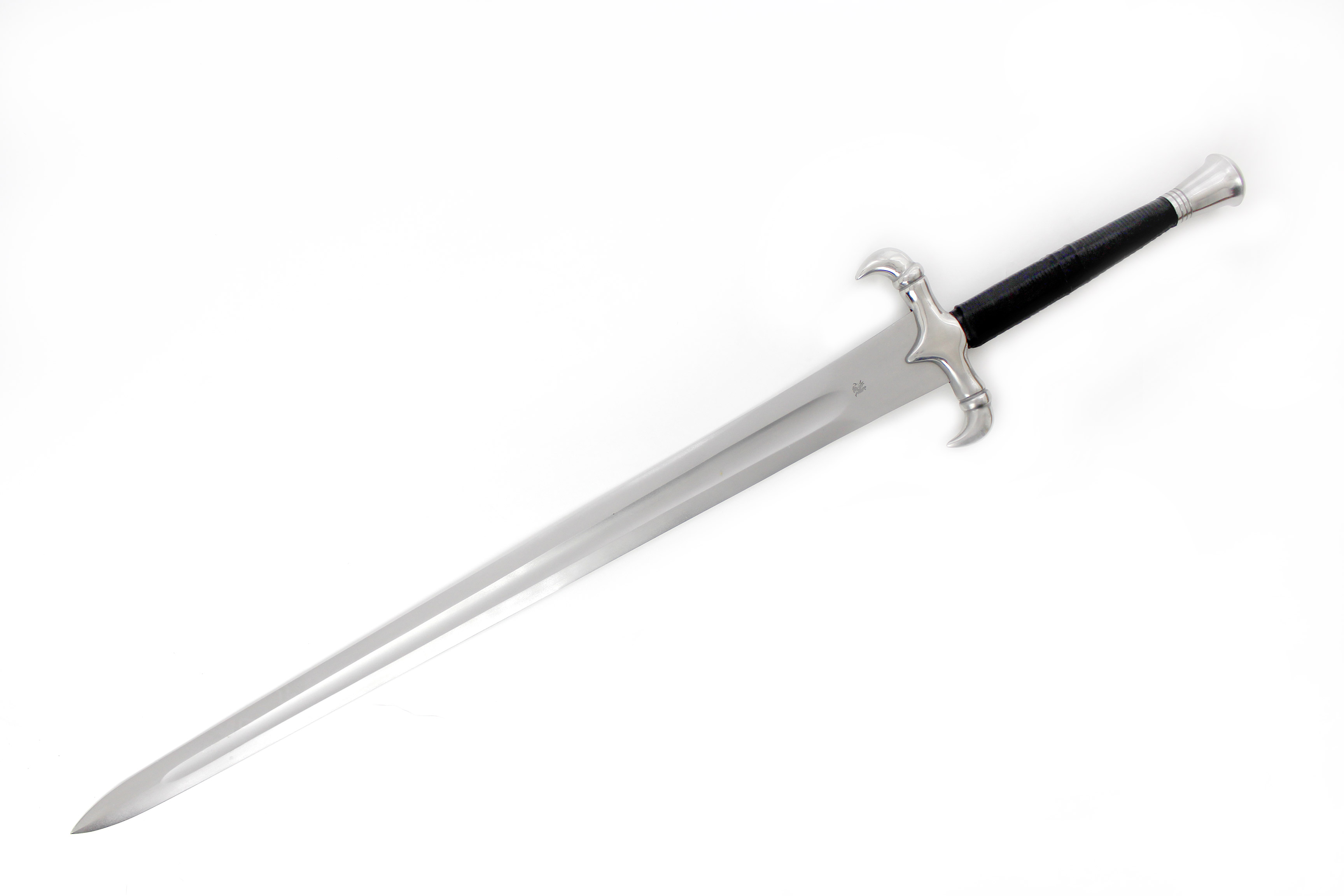Sword Types and Characteristics

Swords have evolved over centuries, with distinct types emerging from diverse cultures and combat needs. Each type possesses unique characteristics that define its intended use and effectiveness in combat.
Origins and Designs
Swords can be traced back to the Bronze Age, initially crafted from copper and later from iron. Over time, civilizations developed specialized sword designs adapted to their warfare techniques. European swords, for instance, emphasized straight blades for thrusting and cutting, while Eastern swords often featured curved blades for slashing and dismembering.
Key Characteristics
The characteristics of a sword play a crucial role in its performance in combat. These include:
– Length: Swords vary in length, from short daggers to long two-handed swords. Shorter swords offer greater maneuverability in close combat, while longer swords provide reach and power.
– Weight: The weight of a sword affects its handling and impact. Heavier swords deliver more force but are slower to wield, while lighter swords allow for quicker strikes and agility.
– Blade Shape: The shape of the blade determines its cutting and thrusting capabilities. Straight blades excel at thrusting and slashing, while curved blades are more effective for slashing and dismembering.
– Handle Design: The handle design influences the grip and control of the sword. Handles with crossguards protect the wielder’s hand, while hilts with pommels provide balance and leverage.
Sword History and Evolution: Sword Definition

Sword definition – The sword, a timeless and iconic weapon, has played a pivotal role in human history. Its origins can be traced back to the Stone Age, when early humans fashioned crude blades from stone, bone, and wood. Over time, as metallurgy advanced, swords evolved into more sophisticated and deadly weapons.
Swords have served multiple purposes throughout history. In warfare, they were the primary weapon of infantry and cavalry, shaping the outcome of countless battles. They were also used for hunting, self-defense, and ceremonial purposes. The design and technology of swords have undergone constant evolution, influenced by metallurgy, cultural preferences, and the demands of combat.
Sword Design and Technology
The design of swords has varied widely across cultures and time periods. Some of the key factors that have influenced sword design include:
- Materials: The availability of materials, such as bronze, iron, and steel, has played a significant role in sword design. Different materials offer varying degrees of strength, durability, and sharpness.
- Metallurgy: Advances in metallurgy have enabled the development of stronger and more durable swords. Techniques such as forging, quenching, and tempering have been used to improve the quality of sword blades.
- Cultural Influences: Cultural preferences have also shaped sword design. Different cultures have developed unique styles of swords, reflecting their aesthetic tastes and combat techniques.
Sword Symbolism and Cultural Significance
Swords, with their sharp blades and imposing presence, have captivated human imagination for centuries, becoming imbued with profound symbolic meanings across diverse cultures and historical periods. From the legendary Excalibur in Arthurian lore to the samurai katanas of feudal Japan, swords have served as potent symbols of power, honor, and tradition.
In Mythology and Religion
In many mythologies, swords are associated with divine power and the triumph of good over evil. The Greek god Zeus wielded the thunderbolt, a symbol of his authority and dominion over the heavens. In Norse mythology, the sword Mjölnir was the weapon of Thor, the god of thunder, representing his strength and protective powers.
Swords also play a significant role in religious ceremonies and rituals. In Sikhism, the kirpan, a ceremonial sword, is carried by baptized Sikhs as a symbol of their faith and commitment to defending the oppressed. In Christianity, the sword often represents the power of the word of God and the battle against evil.
As Symbols of Power and Honor
Throughout history, swords have been intimately connected with power and authority. In feudal societies, swords were often the exclusive possession of the ruling class, signifying their status and authority. In ancient Rome, the gladius, a short, double-edged sword, was a symbol of Roman military might and discipline.
Swords also represent honor and courage. In many cultures, a sword was a personal possession that was passed down from generation to generation, carrying with it the legacy and honor of the family.
In Literature and Art, Sword definition
Swords have been a constant source of inspiration in literature and art. From the epic poems of Homer to the chivalric romances of the Middle Ages, swords have been wielded by legendary heroes and villains alike, embodying the virtues of bravery, loyalty, and sacrifice.
In art, swords often serve as powerful visual symbols. Paintings and sculptures depicting swords evoke a sense of drama, conflict, and triumph. The sword is a timeless icon that continues to captivate and inspire.